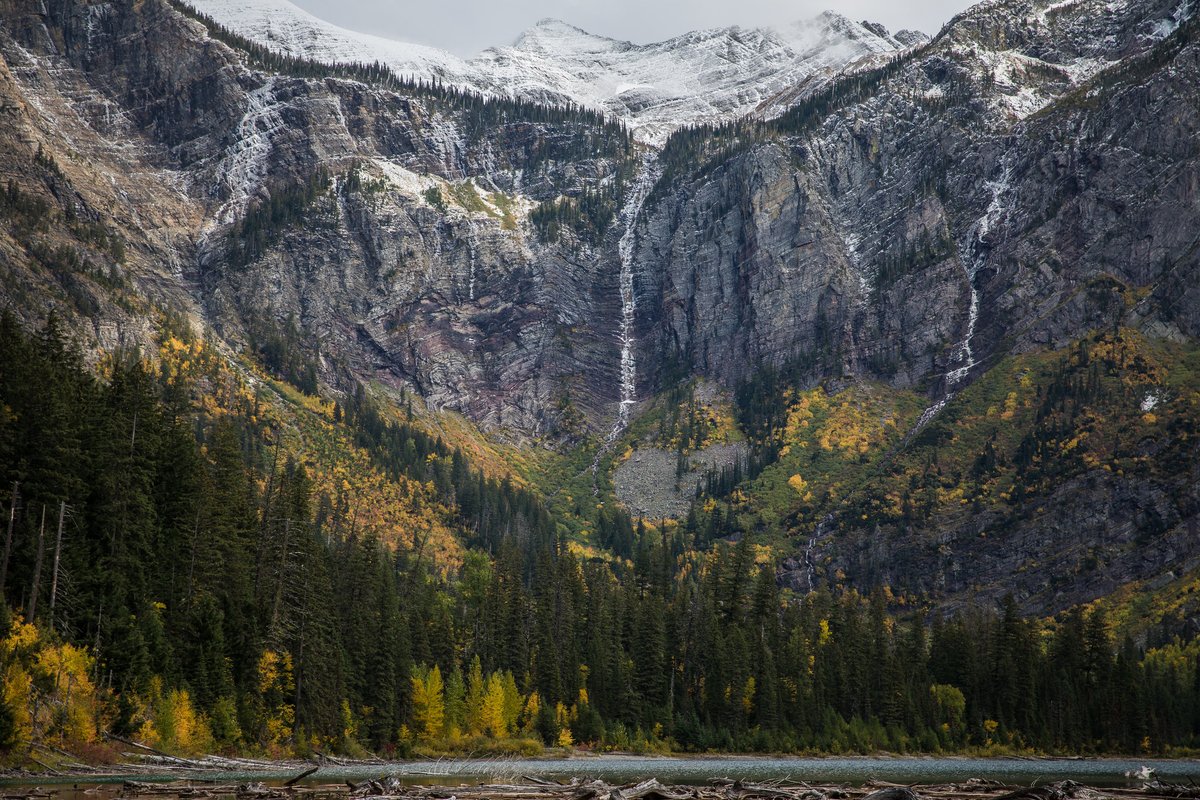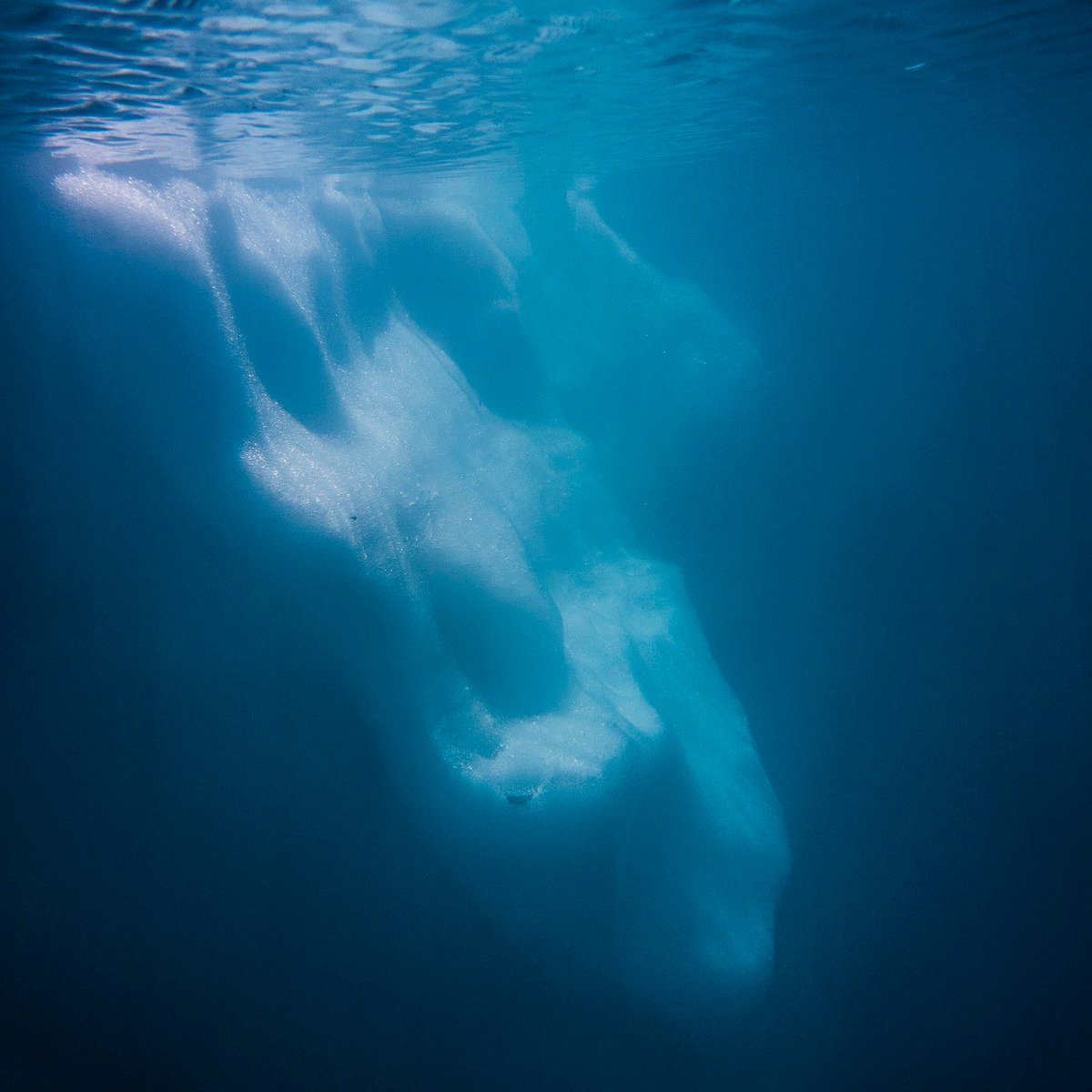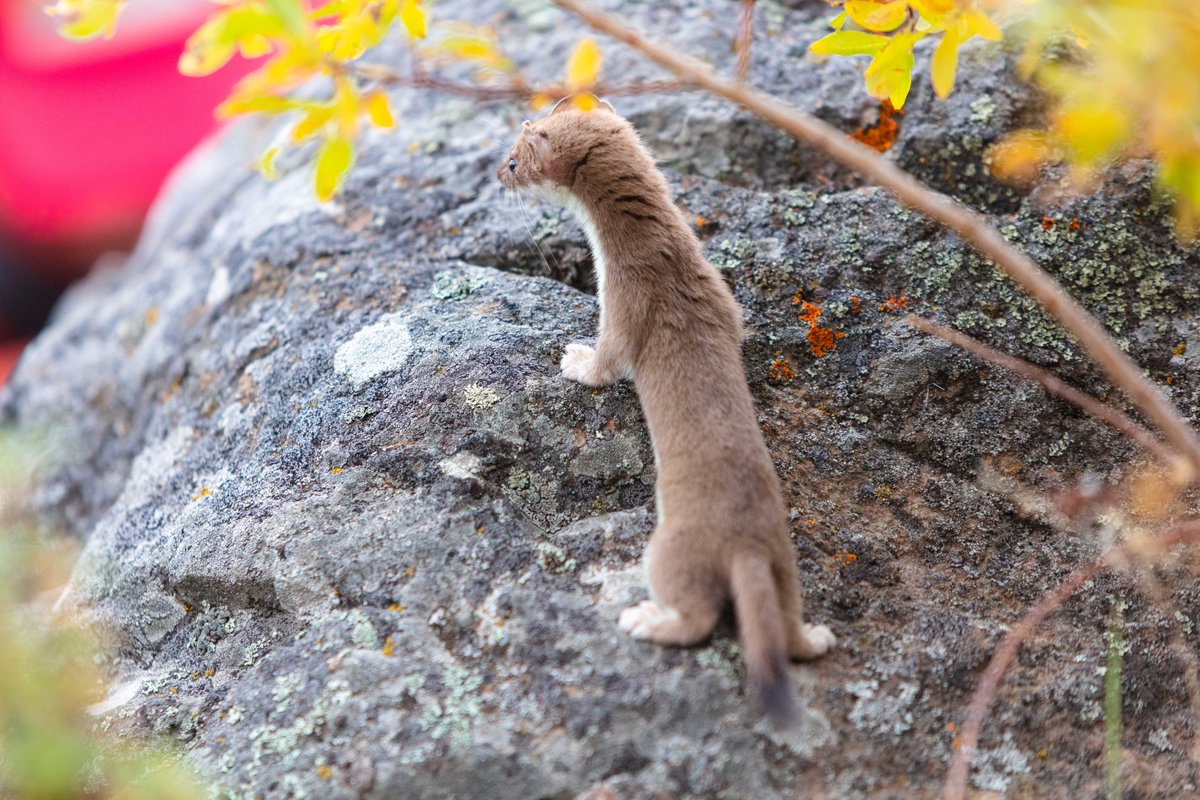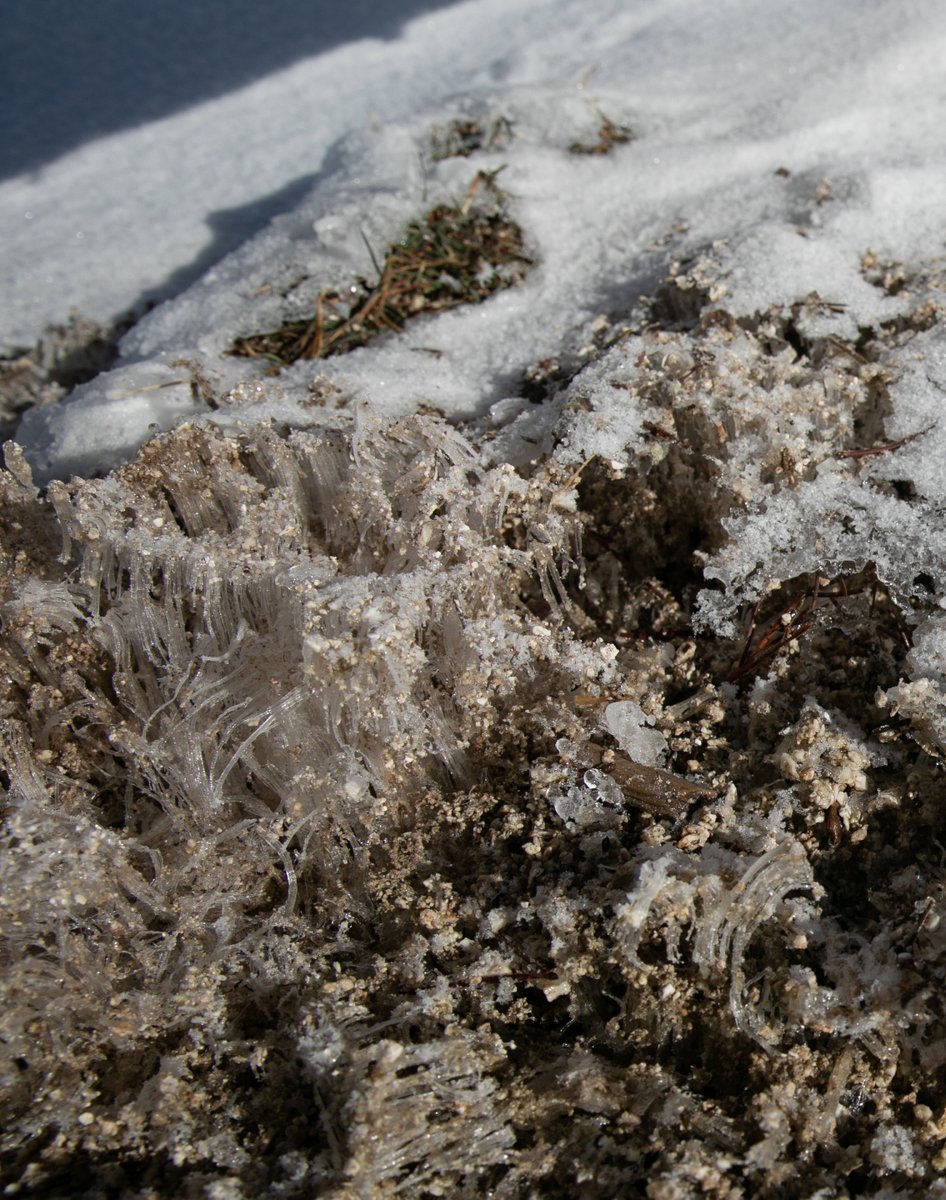
On May 11, 1910, President William Taft signed the bill establishing Glacier National Park; a year that shared headlines with Halley's Comet, the first public radio broadcast, and the first-ever flight over Australia (flown by Harry Houdini).
A lot has happened in the century that's passed since 1910—but even at the venerable age of 111, you look as good as ever, Glacier.
Image: Two cyclists look out over a creek at snowy mountains in the distance.
We gratefully acknowledge the native peoples on whose ancestral homelands we gather, as well as the diverse and vibrant native communities who make their home here today. 📍
We gratefully acknowledge the native peoples on whose ancestral homelands we gather, as well as the diverse and vibrant native communities who make their home here today. 📍
• • •
Missing some Tweet in this thread? You can try to
force a refresh











